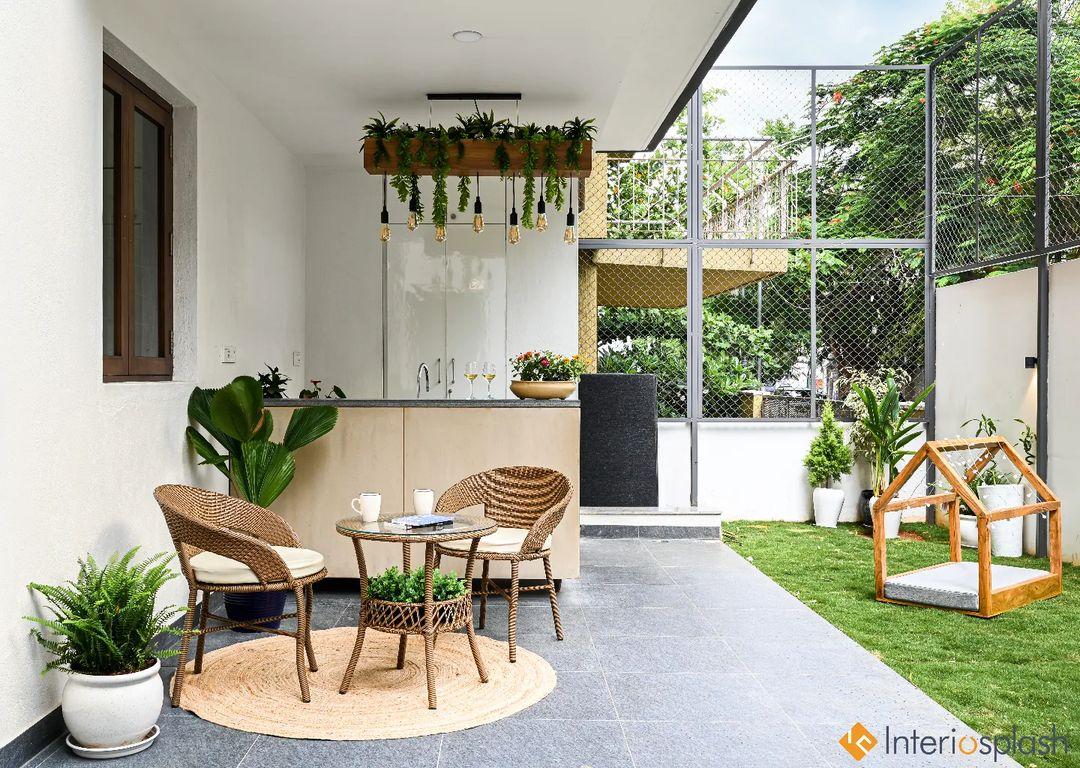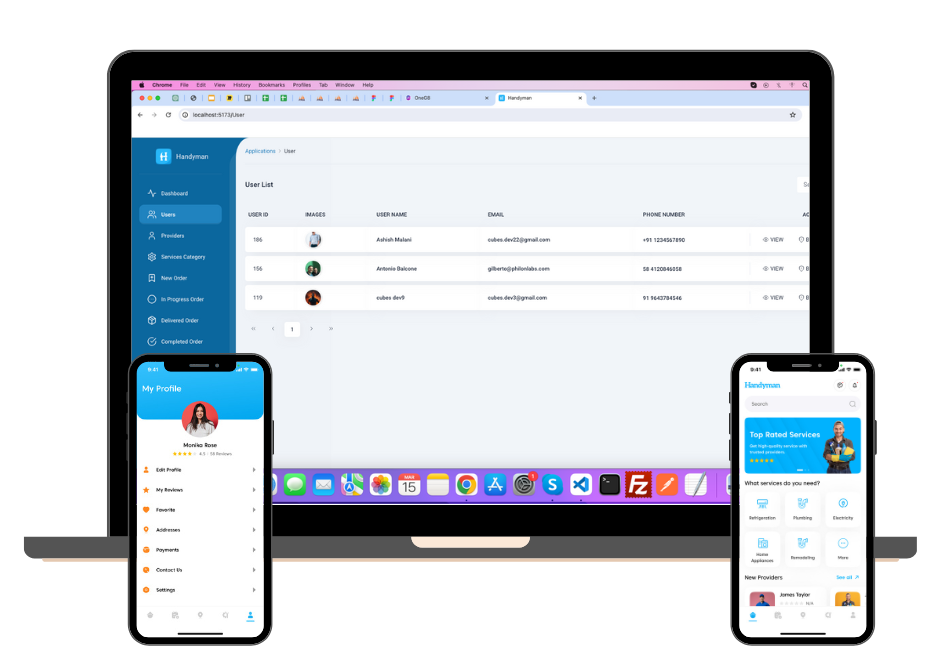Introduction
Working from home has become increasingly common, and with it, the need for comfortable, inspiring workspaces. One often-overlooked area is the balcony. Transforming your balcony into a mini outdoor office can enhance your productivity while offering a refreshing environment. This article will guide you through the process of designing a functional and aesthetically pleasing balcony office, incorporating essential elements and tips from top interior designers in Bangalore.
A balcony can be more than just a place to enjoy your morning coffee or store unused items. With a bit of creativity and planning, it can become a versatile and inspiring workspace. By focusing on balcony interior design, you can create a mini outdoor office that combines the best of both indoor and outdoor environments. This article will walk you through each step, ensuring your new office is both practical and stylish.
Why Choose a Balcony Office?
Benefits of an Outdoor Workspace
- Natural Light: Exposure to natural light boosts mood and productivity.
- Fresh Air: Improved air quality can enhance cognitive function and reduce stress.
- Separation from Home Life: Physically separate your work area from your living space.
Ideal for Small Spaces
- Maximizing Space: Utilize often-unused areas effectively.
- Flexibility: Easily adapt your setup for different tasks or seasons.
Planning Your Balcony Office
Assessing the Space
Before diving into design, evaluate your balcony's size, shape, and exposure to elements like sunlight and wind.
- Measure Dimensions: Know the exact size to plan your layout.
- Identify Potential Challenges: Consider factors like noise, privacy, and weather conditions.
Setting a Budget
Determine how much you're willing to spend on your balcony transformation.
- Basic Upgrades: Minimal investment for essential items.
- Comprehensive Overhaul: Higher budget for extensive renovations and high-end furniture.
Designing the Layout
Functional Zones
Divide your balcony into distinct areas for different purposes.
- Work Area: Desk, chair, and essential office supplies.
- Relaxation Zone: Small seating area for breaks.
- Storage: Shelves or cabinets for organization.
Choosing the Right Furniture
Opt for furniture that balances comfort, functionality, and style.
- Desk: Compact, weather-resistant materials.
- Chair: Ergonomic design, suitable for outdoor use.
- Additional Seating: Cushioned chairs or a small sofa.
Enhancing Comfort and Productivity
Weather Protection
Shield your workspace from the elements to ensure year-round usability.
- Awnings or Canopies: Provide shade and rain protection.
- Outdoor Blinds: Control sunlight and maintain privacy.
- Portable Heaters or Fans: Maintain a comfortable temperature.
Lighting
Adequate lighting is crucial for productivity, especially in the evening.
- Natural Light: Maximize daylight exposure.
- Task Lighting: Desk lamps or portable lights for focused illumination.
- Ambient Lighting: String lights or lanterns for a cozy atmosphere.
Ergonomics
Ensure your workspace supports healthy posture and reduces strain.
- Adjustable Furniture: Desks and chairs with adjustable heights.
- Footrests: Maintain proper leg alignment.
- Monitor Stands: Prevent neck and eye strain.
Adding Aesthetic Touches
Color Scheme
Choose a color palette that enhances focus and complements your home’s style.
- Neutral Tones: Create a calming environment.
- Accent Colors: Add pops of color for visual interest.
Greenery
Incorporate plants to improve air quality and create a serene ambiance.
- Potted Plants: Easy to move and arrange.
- Vertical Gardens: Save space with wall-mounted planters.
- Herb Garden: Functional and fragrant addition.
Personal Touches
Make the space uniquely yours with personalized decor.
- Art and Photos: Inspirational images or personal photos.
- Textiles: Cushions, rugs, and throws for added comfort.
- Accessories: Desk organizers, stationery, and other office essentials.
Practical Considerations
Power Supply
Ensure you have access to electricity for your devices.
- Extension Cords: Outdoor-rated for safety.
- Portable Chargers: Backup power sources.
Internet Connectivity
Maintain a strong and reliable internet connection.
- Wi-Fi Extenders: Boost signal strength.
- Mobile Hotspots: Alternative internet access.
Storage Solutions
Keep your workspace organized and clutter-free.
- Shelving Units: Wall-mounted or freestanding.
- Storage Bins: Weatherproof for outdoor use.
- Multi-functional Furniture: Pieces that double as storage.
Working with Interior Designers
Benefits of Professional Help
Interior designers bring expertise and creativity to your project.
- Space Optimization: Maximize functionality and aesthetics.
- Customized Solutions: Tailored to your specific needs and preferences.
- Time and Effort Savings: Streamline the design and implementation process.
Finding the Right Designer
Choose a designer experienced in small space and outdoor projects.
- Portfolio Review: Look at past projects.
- Client Testimonials: Check reviews and feedback.
- Consultation: Discuss your vision and budget.
Conclusion
Transforming your balcony into a mini outdoor office can be a rewarding project that enhances your work-from-home experience. By focusing on balcony interior designers principles and incorporating elements suggested by professional interior designers, you can create a functional, comfortable, and inspiring workspace. Whether you tackle the project yourself or seek professional help, the key is to create a space that meets your practical needs while reflecting your personal style. Embrace the potential of your balcony and enjoy the benefits of working in a refreshing outdoor environment.






